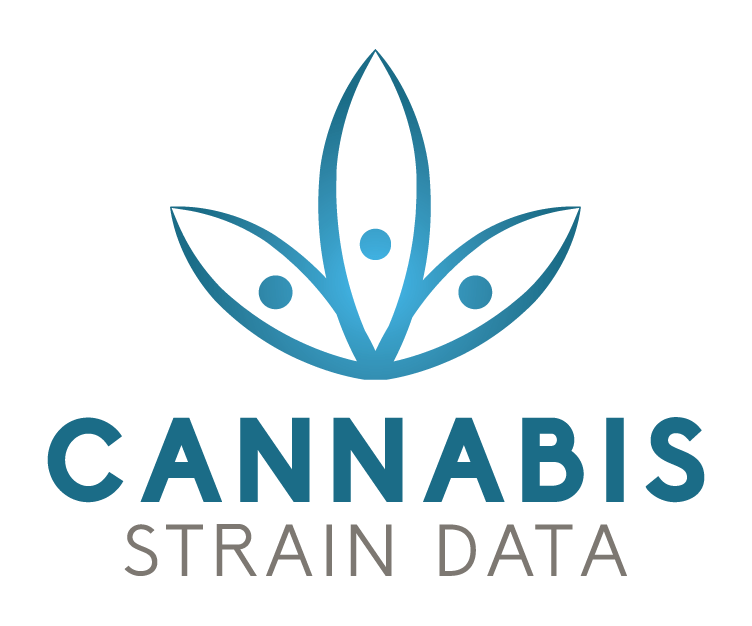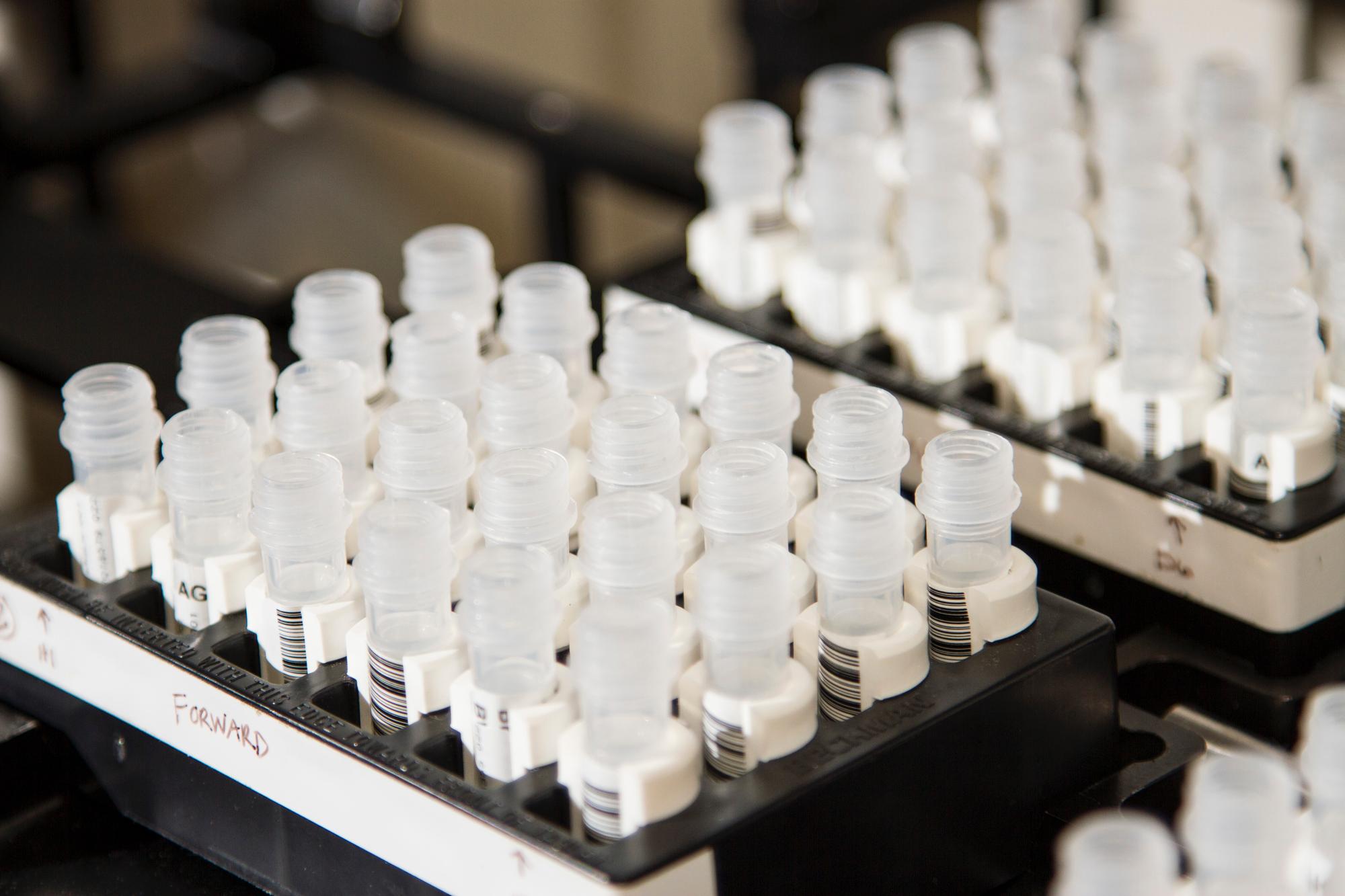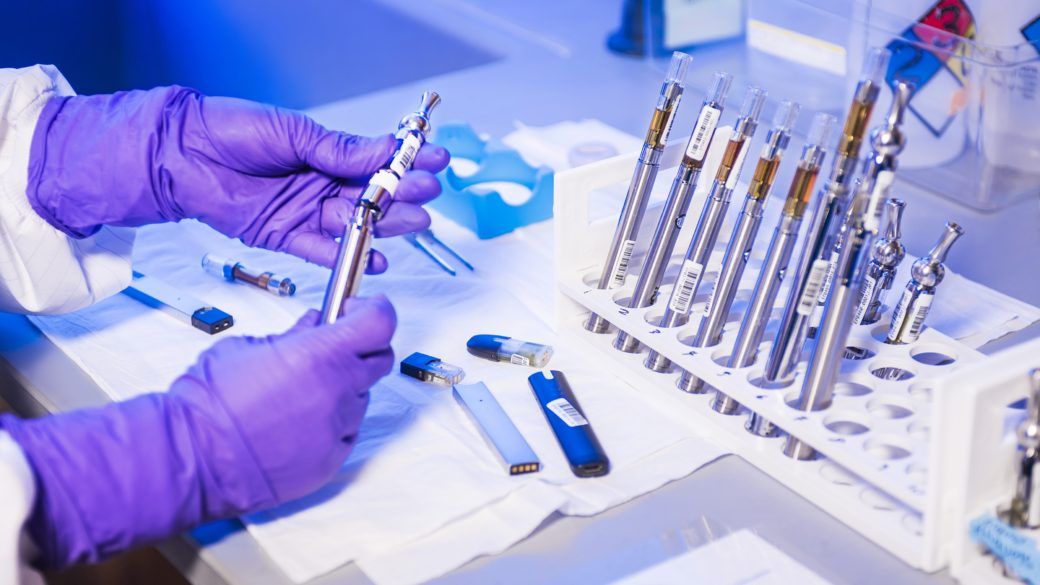Sure, the USA has legalized marijuana, but it similarly it has been cautious than ever before regarding the drug’s health-related concerns. All cannabis products must be compliant with standards as set by the medical federations to ensure the development of safe approaches of curing, clinical mending, dosing quantities, etcetera.
Laboratory tests have been the key method to determine the healthiness of medicinal cannabis intake. These testing mechanisms can find proportions of cannabinoids like THC and CBD found in the drug samples including contaminants like bacteria, pesticides, yeast, and mold, and such other pathogens.
Since medical marijuana has been on a fruitful boost lately, the patients may rightfully acquire lab reports to know what substances and chemicals constitute the drug that they are intaking. Such a data determines the quality and potency of cannabis and ensures if the product is worth to be consumed or not.
The laboratory reports should be asked for without any hesitation to check the weed purity. The lab data structures may vary depending on the dispensary that releases the reports. Generally, the reports feature three sections as follows.
- Cannabinoid data: knowledge about these chemical compounds is super essential for safety measures of cure. These compounds are the ones most responsible for the medicinal impact upon patients including experiencing highs. Such a data tells about the used proportions of cannabinoids, THC, CBD and such others to confirm the potency and purity of the drug.
- Terpene data: terpenes create aromas and infuse multiple medicinal benefits. Such section of a lab report specifies the compositions and indications of naturally extracted aromas, for instance, of pine, cinnamon, lavender, and orange, etcetera.
- Microbials data: such a portion rectifies the presence of any bacterial elements in the cannabis compounds. Labs have now been active with pesticide screenings to run reviews over the identification and quantification of pathogens.
Residual solvents data may also be found in certain lab test reports when you are observing concentrates since after extraction process the residual solvents and contaminants like methanol, butane, and acetone may stay there and also cause bad taste and aroma to the cannabis leftover product.
Furthermore, the lab data is full of abbreviations that may be alien to a layman patient. Let us elaborate on the ones that are the part and parcel of any lab data.
ND: none/not detected.
NR: none/not reported.
NT: not tested/not reported (whatever the particular dispensary has its definition set for).
LOQ: limit of quantitation (smallest unit of sample quantity that an analytical process can measure).
Getting a lab report as well as taking its testing outcomes into understanding is a cannabis-related medical patient’s very right. For a sound healing course, one must be careful of what quality of the medical marijuana care he/she is taking the help of, otherwise the circumstances may even turn adversely opposite.


